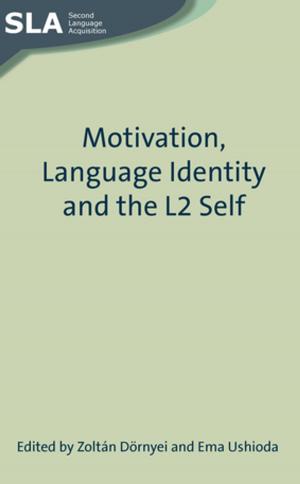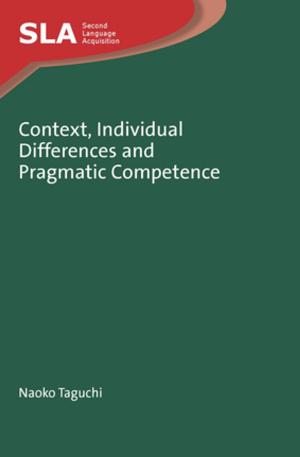Principles and Practices of Teaching English as an International Language
Nonfiction, Reference & Language, Study Aids, ESL, Education & Teaching, Teaching, Teaching Methods, Foreign Languages| Author: | ISBN: | 9781847697059 | |
| Publisher: | Channel View Publications | Publication: | March 16, 2012 |
| Imprint: | Multilingual Matters | Language: | English |
| Author: | |
| ISBN: | 9781847697059 |
| Publisher: | Channel View Publications |
| Publication: | March 16, 2012 |
| Imprint: | Multilingual Matters |
| Language: | English |
This book critically examines current ELT practices vis-à-vis the use of English as an international lingua franca. It bridges the gap between theoretical discussion and the practical concerns of teaching English as an international language (EIL), and presents diverse approaches for preparing competent users of English in international contexts. Part 1 examines how the linguistic and functional varieties of English today complicate ELT, and suggests ways to address them effectively in an English language classroom. Part 2 showcases English courses and programs that are specifically based on the EIL perspective, illustrating how the issues addressed in Part 1 are realized in a real context. This section also presents a collection of EIL pedagogical ideas that have been developed and used successfully by English teachers across the world.
This book critically examines current ELT practices vis-à-vis the use of English as an international lingua franca. It bridges the gap between theoretical discussion and the practical concerns of teaching English as an international language (EIL), and presents diverse approaches for preparing competent users of English in international contexts. Part 1 examines how the linguistic and functional varieties of English today complicate ELT, and suggests ways to address them effectively in an English language classroom. Part 2 showcases English courses and programs that are specifically based on the EIL perspective, illustrating how the issues addressed in Part 1 are realized in a real context. This section also presents a collection of EIL pedagogical ideas that have been developed and used successfully by English teachers across the world.















